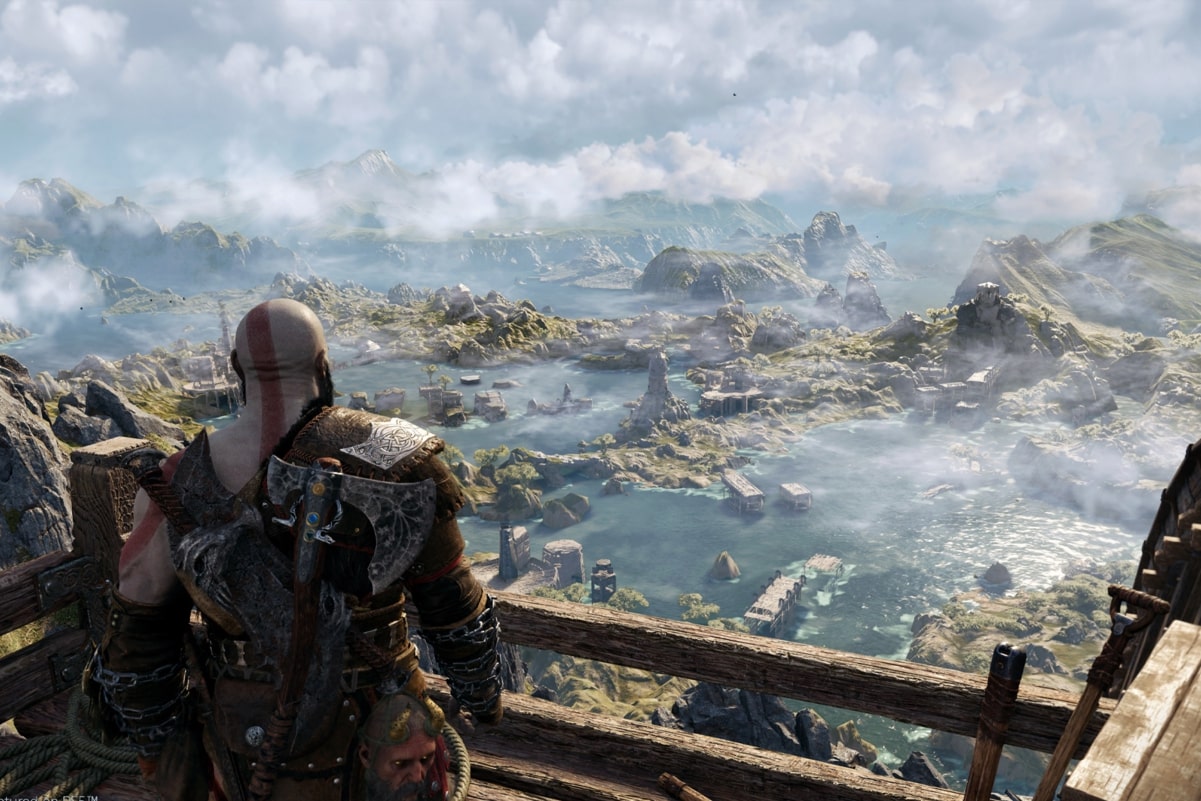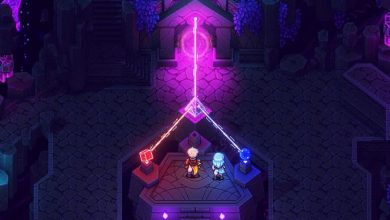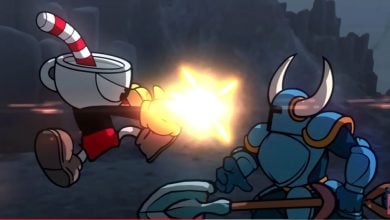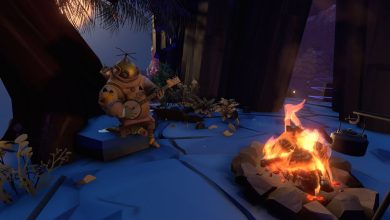Story Highlights
- Unreal Engine 5 has been dominating the gaming world with its new software, creating new opportunities for indie creators never before seen.
- Titles like Unrecord, an extremely popular and realistic bodycam shooter, prove that solo creators have a shot at dethroning AAA titles quickly.
- Even if indie games may never reach a point where they can counter AAA, at one point it may become unrecognizable even to differentiate the two.
With the sudden advancements in gaming software such as Unreal Engine or Unity, creating stunning titles with a small developer team seems more plausible by the day. A few years ago, even thinking of creating a game of large scale would cause some studios to reuse assets just to save time and money. Today, with the use of Unreal Engine 5, the only limiting factors are an idea, and the passion to achieve it.
The Idea Manifests
A few months ago, a relatively unknown studio named DRAMA revealed its first game titled, Unrecord. The video featured a person going through a building waving their gun around, shooting some bad guys, and not doing anything noteworthy. But the graphics, the lighting, the animation, it all looked so real, too real. People called it out for being fake, but surprisingly the developers responded by showing that it’s a working game, which was honestly very surprising.

This is it, the idea reimagined in a new light, a vividly realistic light. And this is just one example, one out of the dozens already being made, and the many that have come before it. Fortnite Unreal Creator 2.0 is allowing people to use Unreal Editor to straight up manipulate and create little games inside of Fortnite. Although a different example from Unrecord, this just shows the accessibility available for every player.
Aside from these examples, games like the Ori franchise and upcoming solo developer titles like the sleeper hit Trepang2 show so much potential for both AAA and more specifically indie creators. Taking Trepang2 into focus, the game somewhat rivals Wolfenstein in its ideas, graphics, gameplay, and most importantly taking on dozens of enemies in the notorious dual-wield style.

Change has arrived, and with titles like these already released, the next generation of gaming will go through huge changes, to the point that indie titles will become almost unrecognizable concerning what they previously were represented as. Not to say AAA publishers won’t be availing any of these tools, it’s just this power was mostly meant for the underdog.
The Core For An Indie Isn’t Just The Graphics
Indie titles for the entirety of their existence have never been known for their graphics but rather for their gameplay mechanics and everything they did to Differentiate themselves from AAA titles. The graphics part was just an addition to an indie title’s already unique gameplay and style. A great example of this is a small indie title Furi, where we take on multiple bosses in a back-to-back manner. Now the gameplay and its mechanics are all solid, but the only undermining factor is the graphics, and when a team has only six members, you can’t focus on just that.

Other games like Rogue Legacy or Inscryption don’t focus on graphical fidelity, rather they perfect their mechanics to provide a working and functional game with the depth of mechanics and steep learning curves, unlike many Ubisoft titles. With newer tools, even these underrepresented titles can at least stand in the same ring as these giants.
Another thing that players need to know is that making good games is a hard task. And when your team contains less than 10 active developers, it’ll be hard to push out any content. Here the next generation of Unreal Engine, Unity, Maya, etc will be able to help indie studios to be able to create whatever they require in a much more manageable time slot, but alas, there lies one more problem.
The Art Styles, Chico… They Never Lie
Some gamers want more realism, more blood, more animations, more models, and MORE GRAPHICS, but the thing is, the art styles differ from standard protocol severely. An extremely popular indie title created by Hakita, Ultrakill is a title that’s worthy enough to challenge Doom, but why so? Well, apart from its amazing gameplay, actually unique weaponry, and developing story, the art style that Ultrakill conveys, is one that does not require overzealous graphics, it requires the opposite, an art style that is even more impactful than realistic graphics.

The most recent post from Hakita shows the next level to the title, and wow, all a game really needs is a striking art style that instantly throws the player into its world. Ultrakill does this with every stage, changing and molding its specific style to fit the essence of his game, and in this case, it’s a representation of Hell. Now Ultrakill isn’t the only indie here worth talking about, Art styles differ a lot, and an upcoming title takes some insane leaps.
Viewfinder is a simple game where you create paths using your camera, but the way that it actually works is mesmerizing. You first take a picture of some landscape, at any angle, and then throw that picture back into the world, and suddenly that picture now has a physical place in reality, it’s pretty bonkers if you ask me.

The really neat thing about this game? The art style keeps it fresh after every picture. In some pictures, you are diving into an extremely colorful flower field, in some a drawing made by a 5-year-old, and at one point you reach a dungeon reminding you of the Amnesia franchise. Sometimes the correct use of art styles can end up creating some marvelous experiences, and this indie title does just that.
Aside from these titles, there exist so many indie games that have unique styles rather than realistic styles. Titles like Enter The Gungeon, Firewatch, The Binding Of Isaac, Outer Wilds, Superhot, and so many more successful titles, just go to show how much a game can go on to succeed and inspire, with the use of a never before seen graphical style.
The Often Unachievable Peak Of AAA
For the majority of this article, I have been talking about all the types of different indie titles and how much they can end up improving with the power of UE5 and that this can actually lead them to achieve AAA recognition, but what about all the great, big publisher games in the market? The ones that have set the standard that has been mentioned again and again, well no matter how one looks at it, no small studio could ever live up to that level, and for the most part, there are very few to even reach close to that point as it is.
Even if indie games may never reach a juncture where they can be considered a direct and constant competitor in the AAA market, at one point it may become much more difficult to compare the two, but as I talked about before, a small team could make a decent graphical interface for a game, but when it comes to properly attaching gameplay aspects, the difference between the two extremes becomes abundantly clear.
I talked about how indie titles gain an advantage from having unique gameplay aspects, but as we see in Unrecord, the main protagonist does a total of four actions in pretty realistic conditions. It seems fun for a few good runs, but after a while, it’ll become stale. An excellent example of a game having both great graphics, and gameplay to back it is undoubtedly God of War Ragnarök.

This is the peak, the zenith of the world of gaming, where only the greatest of creations stand. Elden Ring, Dark Souls, Fallout: New Vegas, Skyrim, The Last of Us, Halo: Combat Evolved, Bioshock, and just a handful of more amazing titles take this spot. In order to even touch upon what these games have achieved, will take more than a dreamer, it’ll take a few hundred talented staff with long hours and years of development.
Coming back to the main idea of this article, these indie titles have so much untapped potential, so much they could do. The creator of Return To Obra Dinn, one of the highest-rated indie games of all time, says that there is so much he could not do due to challenges in the creation process of the game. The game is already such a great journey, but the creator’s original vision was something much grander.
Talking about the power of UE5, with the release of Unreal Engine 5.2, some of the greatest additions include the power of Procedural Content Generation (PCG), which allows for easier map creation and more efficient ways to create structures or areas for a playable map, lumen improvements, scriptable tools for better solo functionality, and multiple new modeling widgets.

Undeniably, the most notable feature developers could use is the new Lumen system which allows devs to create millions of triangles in scene, and these triangles will reflect light and other properties making it perfectly dynamic no matter the case. another useful and pretty major tool is predictive placement and motion warping, allowing for the game to create animations on the spot with respect to the character model.
Unreal Engine is a miracle and it is here to stay. As for how much this is going to shake up the entirety of the industry, that much we can’t decipher yet. The surge of indie dominance is here and with the recent showcases from Sony and Xbox, we can see their rise becoming more and more apparent. For more amazing indie titles breaking boundaries.
Thanks! Do share your feedback with us. ⚡
How can we make this post better? Your help would be appreciated. ✍



